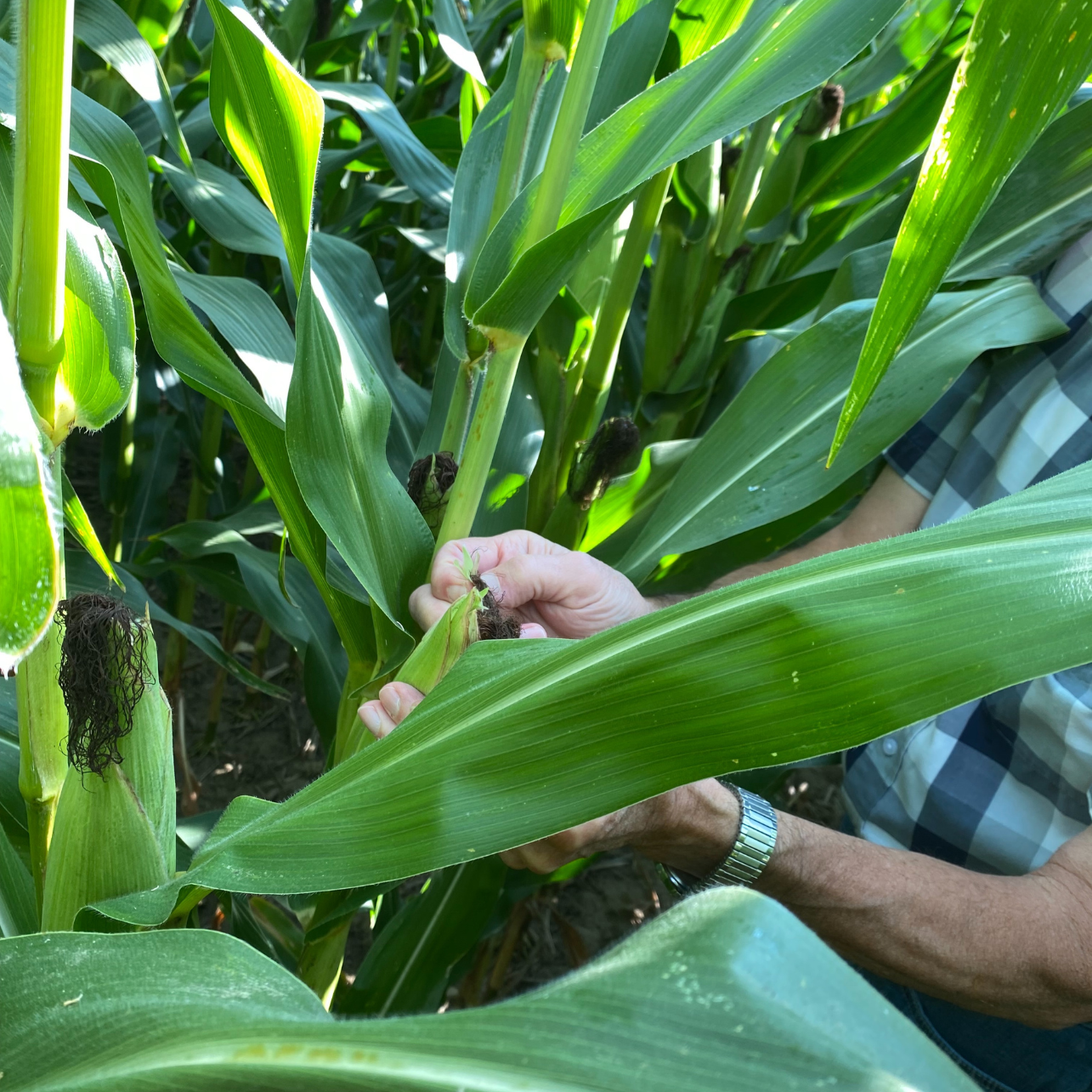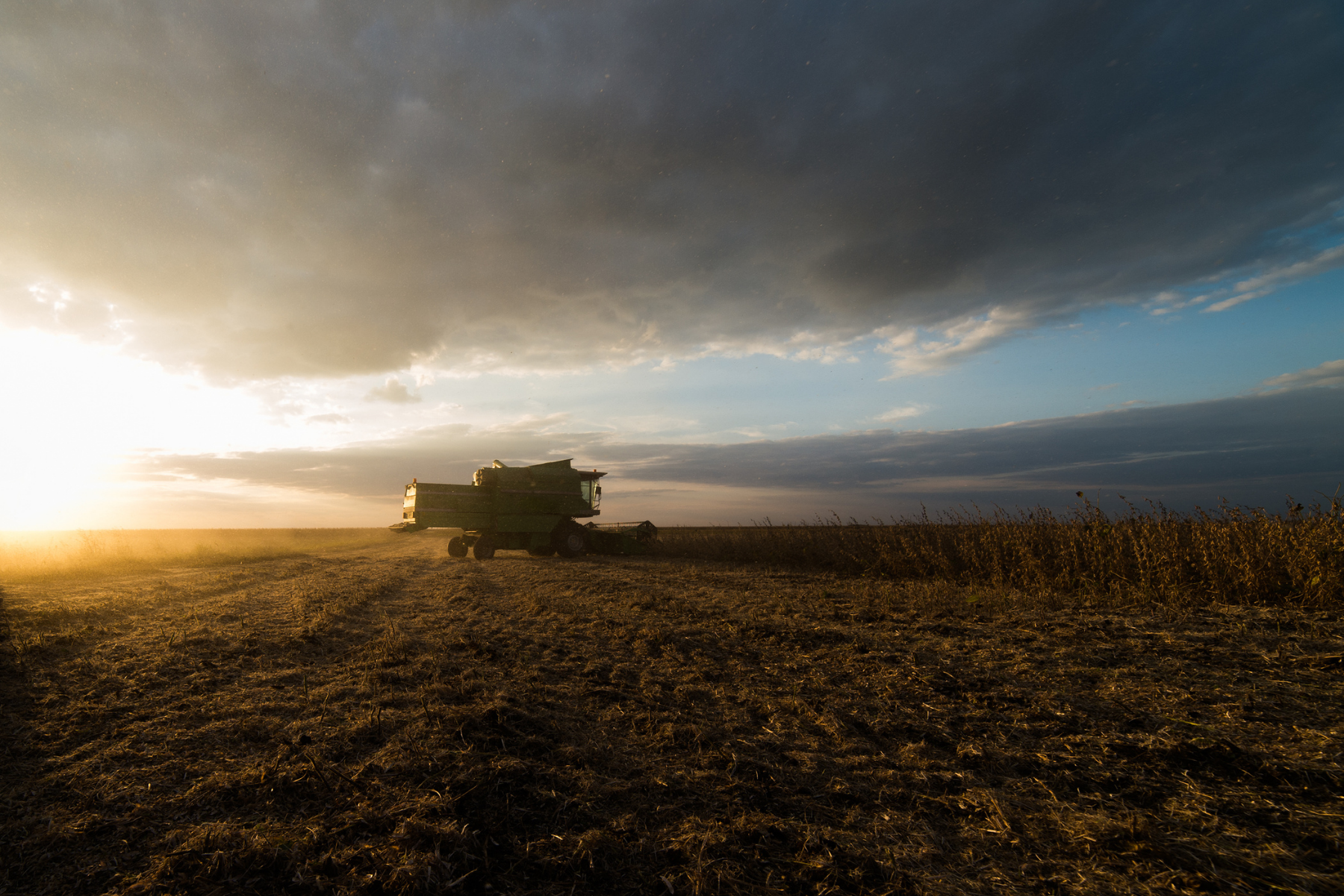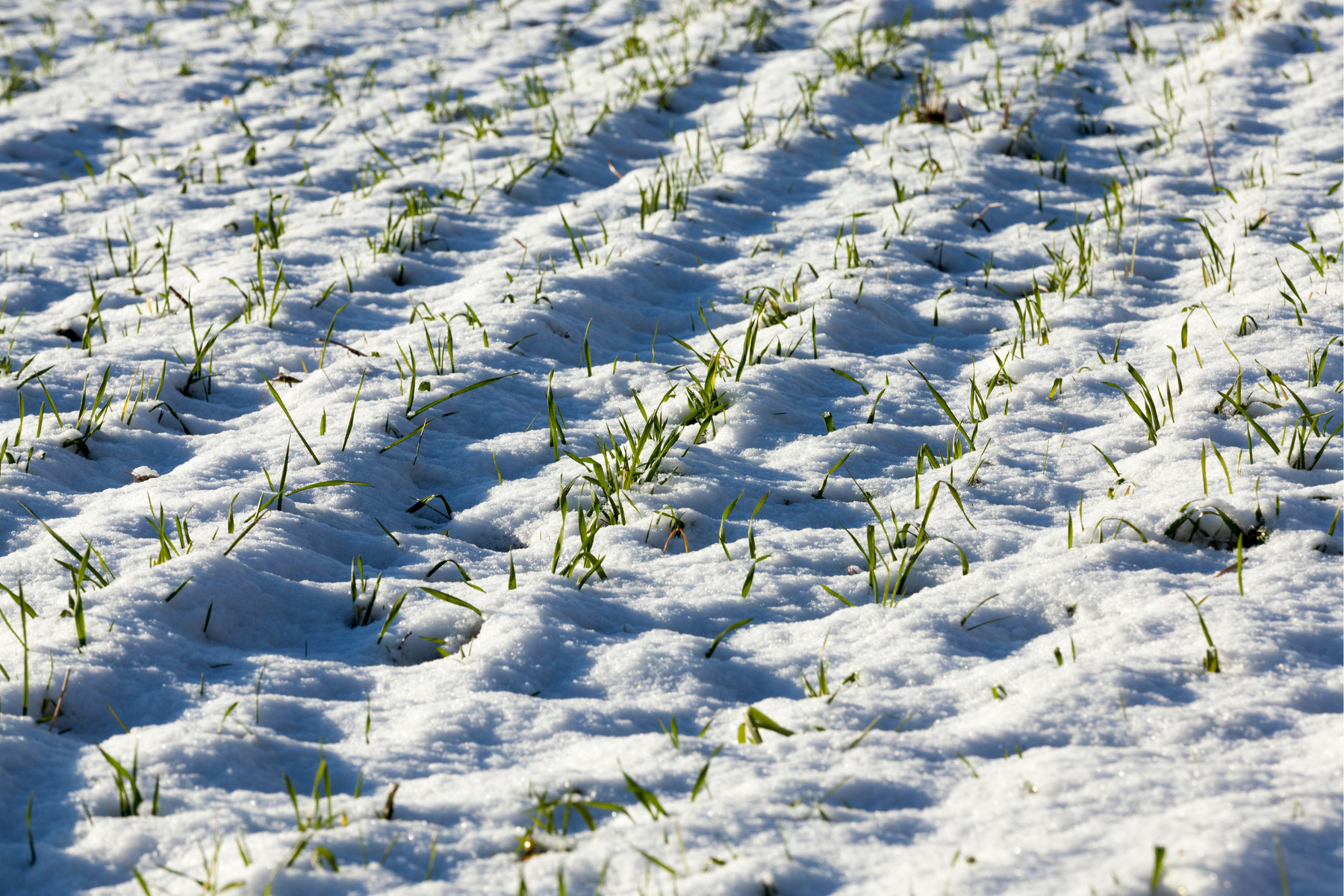As an experienced farmer, you are well-versed in the complexities of crop nutrition and the various methods available to optimize yield and plant health. One technique that continues to gain attention is foliar application—a practice that involves applying nutrients directly to plant leaves. While soil fertilization remains the cornerstone of crop nutrition, foliar feeding can serve as a powerful supplementary tool.
The Science Behind Foliar Applications
Foliar feeding works on the principle that plant leaves are not only photosynthetic organs but also capable of absorbing nutrients. The leaf’s surface, particularly the cuticle and stomata, allows for the uptake of liquid fertilizers. Nutrients are absorbed through these pores and transported to various parts of the plant, where they are utilized for growth and development.
Several factors influence the efficiency of foliar uptake, including:
- Leaf Surface Characteristics: The cuticle, a waxy layer covering the leaf, plays a significant role in nutrient absorption. The thickness and composition of the cuticle can vary depending on the plant species, age of the leaf, and environmental conditions.
- Environmental Conditions: Humidity, temperature, and light intensity affect the rate at which nutrients are absorbed. For example, high humidity can soften the cuticle, enhancing nutrient uptake, while extreme temperatures can lead to rapid evaporation of the foliar spray before absorption.
- Nutrient Formulation: The chemical form of the nutrient applied is critical. Nutrients in chelated forms are generally more readily absorbed than those in inorganic forms. Moreover, the pH of the foliar spray can influence the solubility and absorption rate of the nutrients.
Benefits of Foliar Applications
Foliar feeding is not a replacement for soil fertilization but offers several benefits that can enhance overall crop performance, particularly in specific situations:
- Rapid Nutrient Correction: Foliar applications are particularly effective for correcting nutrient deficiencies quickly. When soil conditions limit nutrient availability—such as in cases of drought, compacted soils, or pH imbalances—foliar sprays can provide an immediate source of nutrition.
- Improved Crop Quality and Yield: Targeted foliar applications can boost crop quality by enhancing certain plant characteristics, such as fruit size, color, and sugar content. This is especially beneficial in high-value crops like fruits and vegetables, where quality directly impacts market value.
- Enhanced Stress Tolerance: Foliar sprays that include micronutrients like zinc, manganese, and copper can help plants better withstand environmental stresses such as drought, extreme temperatures, or pest pressure. These nutrients play a critical role in enzymatic processes and the formation of stress-related compounds.
- Increased Efficiency: In some cases, foliar feeding can be more efficient than soil fertilization, particularly in terms of nutrient use efficiency (NUE). When nutrients are applied directly to the foliage, there is less risk of leaching or immobilization in the soil, which can lead to more precise and effective nutrient management.
Best Practices for Foliar Application
To maximize the benefits of foliar applications, it is essential to follow best practices that align with the specific needs of your crops and environmental conditions:
- Timing Is Key: Apply foliar sprays during the early morning or late afternoon when stomata are open, and the risk of evaporation is lower. Avoid application during the heat of the day or under windy conditions, as this can reduce the efficacy of the spray.
- Use the Right Concentration: Over-concentration of nutrients can cause leaf burn and damage, particularly with sensitive crops. Always follow the manufacturer’s recommendations for dilution rates and conduct a small test application if you’re trying a new product or formulation.
- Monitor Crop Response: After application, monitor your crops closely for signs of nutrient uptake and overall health. Look for improvements in leaf color, growth rate, and other indicators of plant vigor. This will help you fine-tune your foliar feeding program and ensure you are getting the desired results.
- Complement with Soil Fertilization: Foliar feeding should be part of an integrated nutrient management plan. It is most effective when used to complement a balanced soil fertilization program that addresses both macro and micronutrient needs.
Sylvite Insights
At Sylvite, we’re committed to providing data-driven insights to our farming community. Our experimental plot near the Sunnyside Agri-Services location has yielded some impressive results from our recent foliar fertilizer trials. Using a drone to apply the foliar treatments, we left check strips between each pass to compare the treated and untreated areas. The difference is striking, even visible from 70 feet away. As you move into the field, the benefits of the foliar application became even more apparent. The treated plants not only looked healthier, but they also maintained their grain fill period longer, with larger cobs and stalks that showed no signs of firing up. While such clear visual differences from foliar applications are not always guaranteed, these results are a strong testament to the potential of targeted foliar feeding in enhancing crop health and yield.
Key Takeaways
Foliar applications are a powerful tool in the agronomist’s arsenal, offering rapid nutrient correction and targeted benefits that can enhance crop health and yield. By understanding the science behind foliar feeding and implementing best practices, you can optimize the effectiveness of this technique and improve the overall performance of your crops. As with all agricultural practices, careful planning, monitoring, and adjustment are key to achieving the best results.
For more detailed guidance tailored to your specific crops and conditions, feel free to consult with our team at Sylvite Agri-Services. Together, we can develop a nutrient management plan that leverages the full potential of foliar applications for your farm.




